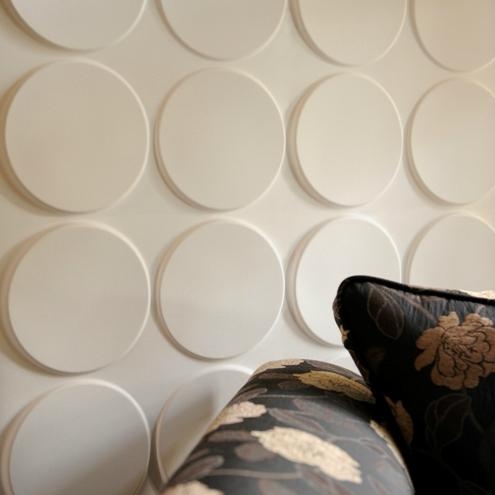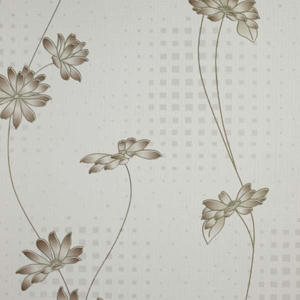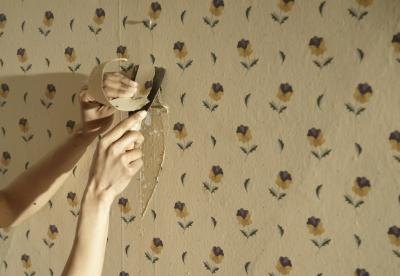Wallpaper Decor offers the widest range of decorative wall stickers and surface graphics for any room in the house. And these wall decals are a great way to jazz up an office space, too. Classic or modern, sophisticated or whimsical, RoomMates wall stickers offer the beauty, sophistication, and graphic impact of a custom wall mural in seconds... without the cost and commitment of traditional wallpaper.
Easy to apply and remove, these self-adhesive borders will perfectly match your personal style. They also coordinate with many other RoomMates products for a total room makeover.
RoomMates offers the broadest and most appealing range of kids wall decals. From famous characters to the greatest variety of kids decor themes like princesses, transportation, army, pirates, dots, castles, sports, flowers, jungle animals, farm animals, space, fire trucks, construction, fairies… we’ve got you covered. RoomMates are easy to change as your kids grow. Our large, removable, self-adhesive decals are easy to apply and reposition, and never leave a mess. They’re really big... and they won’t break the bank.
Wallpaper Decor
Wallpaper Decor
Wallpaper Decor
Wallpaper Decor
Wallpaper Decor
Wallpaper Decor
Wallpaper Decor
Wallpaper Decor
Wallpaper Decor
LOCOMOLIFE - Wall Sticker Wallpaper Decor Art DIY
DIY: Door Decor!
































-1024x1024.JPG)





